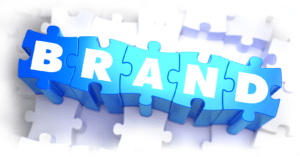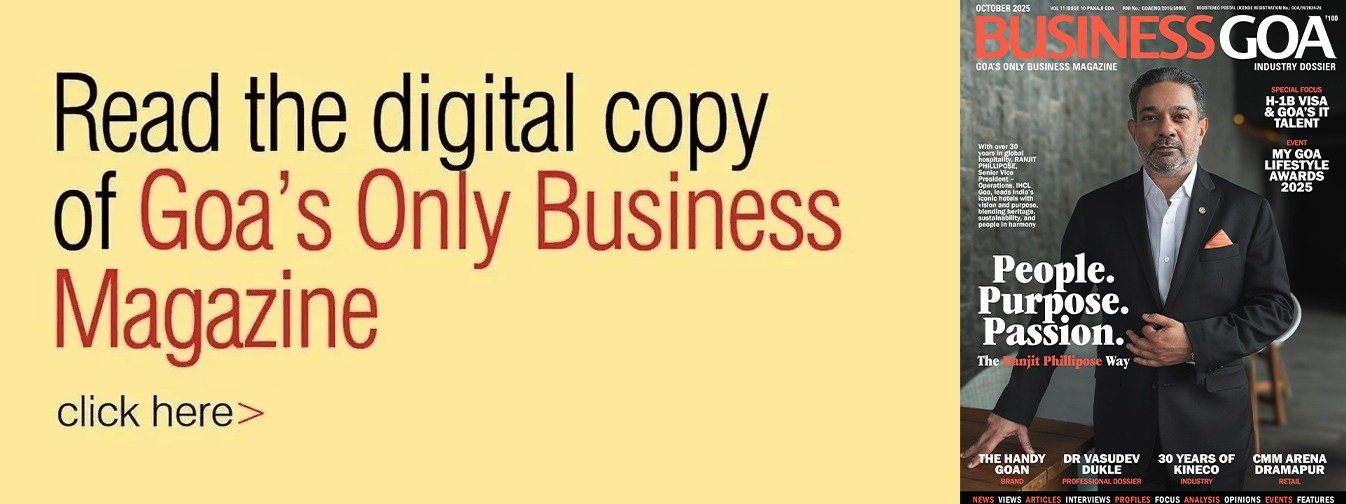
DR. PRADEEP SALGAONKAR elaborates on the concept of brand damage, what triggers it and proactive steps to protect one’s brand
A brand isn’t just your logo, your tagline, or the catchy name. It’s the trust, faith and expectation consumers associate with your business. When that trust is broken or even shaken, or there is an element of doubt in it, the impact ripples across consumer loyalty, stakeholder morale, partnerships, operations and revenue. That’s brand damage. And, unlike physical damage, you can’t always see it, it creeps in silently, until it’s too late and surfaced up.
faith and expectation consumers associate with your business. When that trust is broken or even shaken, or there is an element of doubt in it, the impact ripples across consumer loyalty, stakeholder morale, partnerships, operations and revenue. That’s brand damage. And, unlike physical damage, you can’t always see it, it creeps in silently, until it’s too late and surfaced up.
In a hyper-connected, and speed driven world, where a tweet or a blog can spark a movement and a video can go viral in minutes, brand damage is no longer a small issue and just a public relations hiccup. It is a full-blown business risk. From multinational corporations, mature businesses, to local Goan entrepreneurs and startups, no one is immune. A single incident, be it a consumer complaint gone viral because it was unattended, an anecdote that displeased someone and blown off on the social media, a misjudged marketing campaign by the organization itself, or an environmental violation issue, all can snowball into significant loss of goodwill, trust, patronage and revenue.
According to a Forrester Research study, 54% of consumers say they have stopped doing business with a brand due to a poor customer service experience. In an age where perception is reality, every touch point with a consumer is a critical moment to build and sustain your brand.
Sometimes, Brand damage – deterioration of a business’ overall public perception and reduced revenue generation, may be caused by negative publicity (created by competition or some dissatisfied or finicky consumers), controversies (real or created), or unintentional operational failures (negligence or accidents).
Impact of influencers is yet another powerful force that causes brand damage, however powerful the brand may be. A classic example is the viral video of a world famous footballer’s gesture, at a press conference, of pushing aside two bottles of Coca-Cola and grabbing water bottle, and the brand seeing around $4 billion getting wiped out from its market value. Similarly, professional social media influencers with millions of followers have equally strong power to make or break a brand.
How it happens: Brand damage can result from both internal and external factors.Here are a few common triggers:
Poor customer focus: Focus on immediate gains v/s long term sustainability, insensitive behaviour by employees leading to customer dissatisfaction, poor complaint address especially the genuine issues, poor crisis handling, etc.
Ethical lapses: Misrepresentation of facts, poor labour practices, or data privacy breaches, not keeping up to promises, overpromise and under deliver delays in service etc.
Failing to live up to your brand image: The image created over years and which the brand is expected to live up to, is failing to deliver what it should deliver. Promising one thing but delivering something else that is unexpected, especially in hospitality or tourism sectors, this is very critical. For eg. A hospitality brand promising eco-tourism but found dumping waste irresponsibly, can see swift backlash from eco-conscious travelers.
Social media misfires: One wrongly worded post can spiral into a reputation nightmare. Social media influencers with millions of followers intentionally create tantalizing and sensational posts, inflating facts disproportionately to gain more views and likes for their videos.
Goa – the Brand Damage story:Social media platforms and review sites have created a world where every customer is a critic, and every experience can become content. A single Instagram story or a sarcastic reel can work against a business faster than traditional media ever could.
A business’ digital reputation is the real brand image now. People trust online reviews more than anything today, before making a decision to visit a destination or not. Aspects like which beach shack or cafe to visit, where to go and what to avoid, majority things get decided based on reviews. And, a single viral negative review, especially if it is picked up by popular influencers, can damage a season’s worth of business.
The brand image of Goa that has appealed to generations of domestic and international tourists is now under visible strain. The Goa experience is being critiqued, and in some cases, condemned. What was once a dream destination and escape route from the hustle-bustle of busy life is being dubbed by some as an overpriced, under-managed destination, suffering from over tourism.
Recently, some social media influencers have taken to creating content and making it viral that is demeaning, (or does it actually tell the truth?) about Goa’s brand image. From Instagram reels to YouTube vlogs and viral X (formerly Twitter) threads, influencers are painting a poor picture of Goa today and comparing it with other popular destinations like Thailand, Sri Lanka and showing how they are better. Skyrocketing hotel rates, overpriced taxi services, growing traffic congestion, garbage mismanagement, and overcrowding are frequently cited as red flags. A single video showing an overpriced shack menu or a clip of garbage-strewn roads can reach millions within hours. These narratives are not just denting Goa’s brand equity, they are influencing travel decisions. When travelers see influencers advising their followers to ‘avoid Goa during peak season’ or labeling it a ‘budget trap,’ the fallout is significant. Perception, after all, is everything that matters in the tourism economy. The big question then, about brand Goa damage is, ‘Are the influencers wrong?’
Protecting Your Brand:How does one get it right and re-build the brand that is experiencing silent damage? Brand recovery requires deliberate effort which would include’ rebranding’, ‘leadership intent change’, and ‘community engagement’. Here are a few proactive steps every business, big or small, or a brand like Goa, can take:
Live your Brand Promise: Authenticity isn’t optional. Deliver what you promise, and do it consistently. Be transparent and genuine. When something goes wrong, own up and find an amicable solution. In many cases, when things go wrong, an honest apology can often salvage reputation better than defensive approach.
Invest in Reputation Management: Engage with customers online, respond to feedback, and if possible, engage experts who know how to handle crises with poise. Monitor online sentiment continuously, stay alert to what is being said about your brand on social media, reviews, and forums and respond responsibly. Don’t wait for trouble to escalate. Have a strategy in place for managing unexpected fallouts.
Cultivate Brand Ambassadors: Your happiest customers and employees are your best defense against brand damage. Empower your employees to get happy customers. Train and equip them with customer sensitivity and conflict resolution skills.Embed Brand Values: Make sure your business values aren’t just on your website, and in promotional material, they should reflect in every interaction with customers.
Focus on Local Relevance: Goan businesses must strike a balance between appealing to tourists and respecting local sentiment. Branding, that roots itself in community values stands the test of time. Repairing the damage done, and rejuvenating brand Goa, should start by accepting the reality and working strategically on improvement with some speed.
Repairing Brand Damage:Recovering from brand damage is like nursing a sports injury; it takes time, intentional effort, patience and sometimes a reinvention. In today’s transparent economy, brand damage is less about what happens to your brand, and more about how you respond as a brand. Whether you are a fashion label in Fontainhas, a wellness retreat in Canacona, a shack in Calangute, or a digital startup in Porvorim, protecting your brand’s reputation must be a strategic priority, not an afterthought. Your brand is your business’ most valuable asset. Guard it. Nourish it. And when it falters, repair it with integrity.





